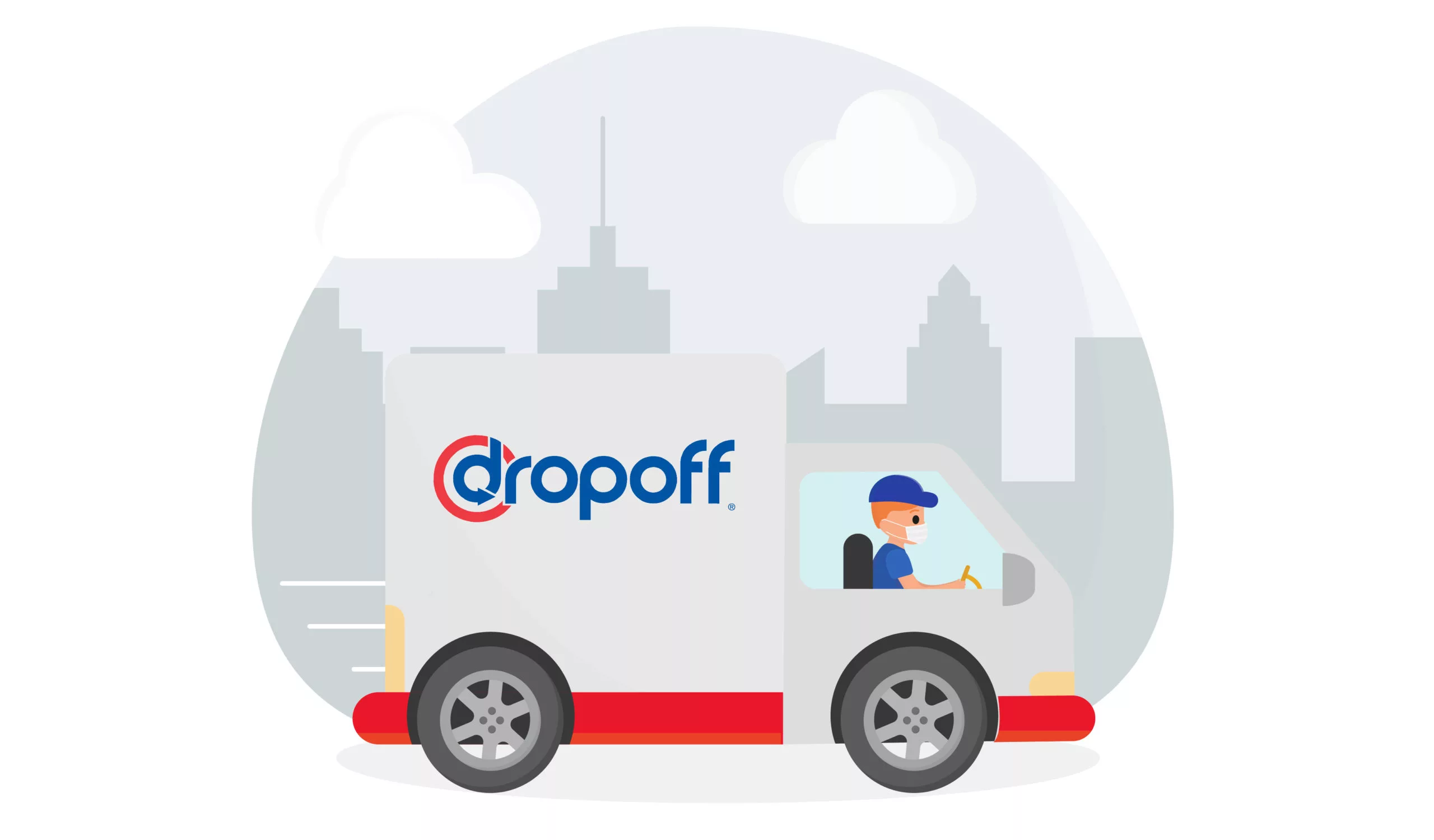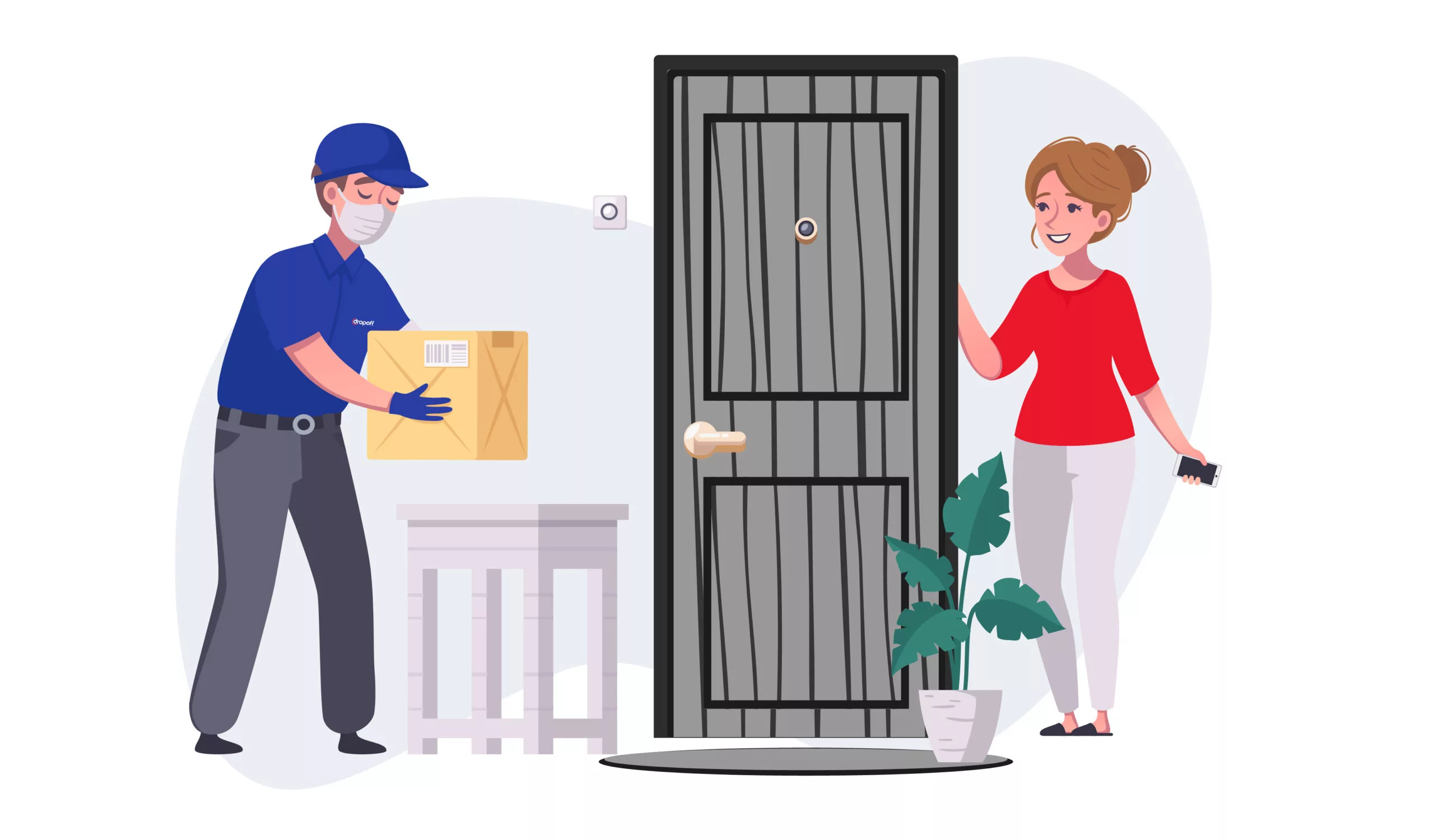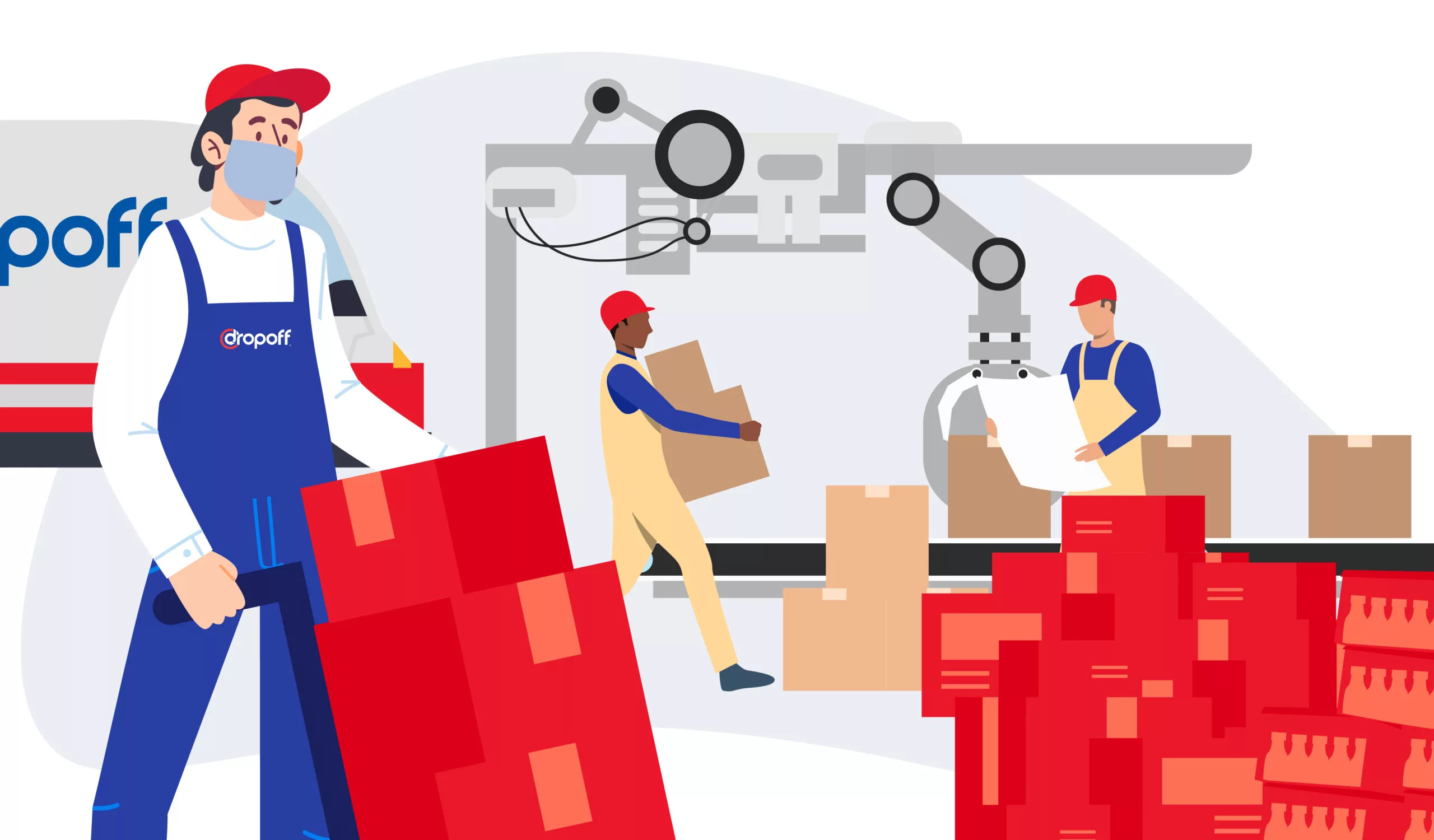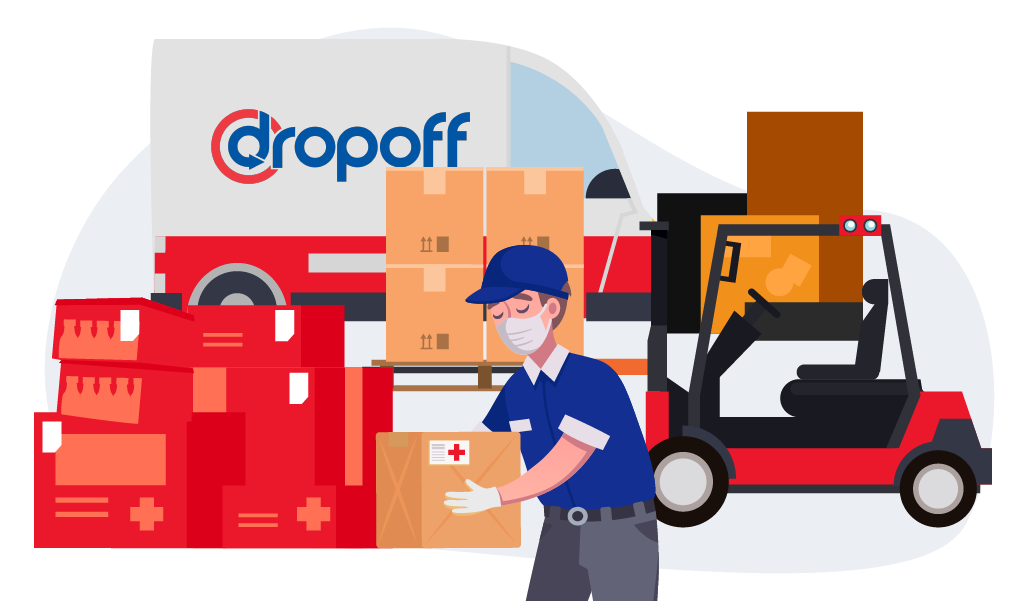Micro-Fulfilment: In-Depth Guide + 7 Real Examples
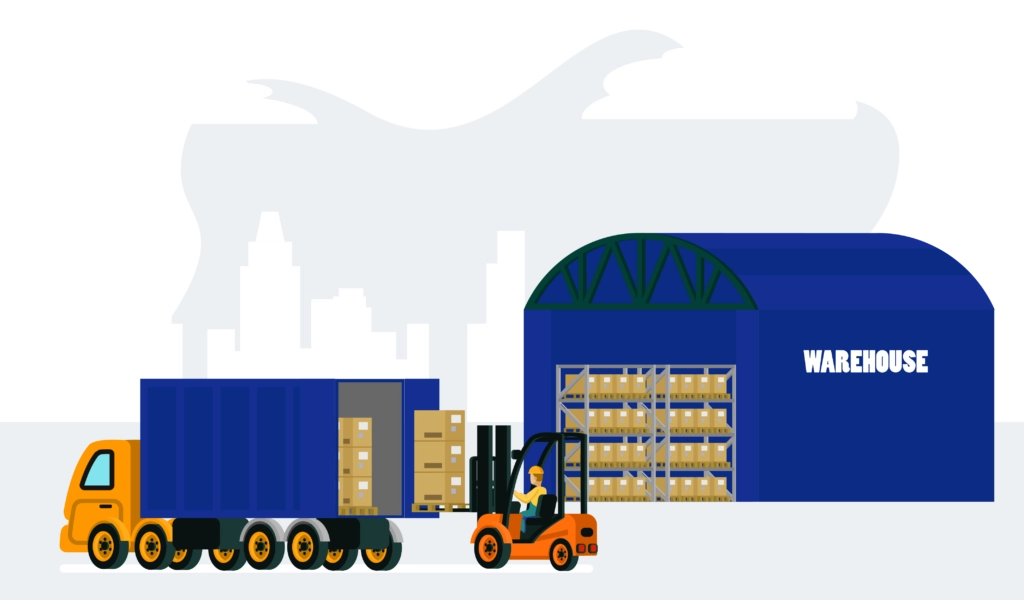
As of the first quarter of 2024, the approximate number of digital buyers is at 2.71 billion. As digital sales continue to surge, traditional fulfillment methods struggle to keep pace with consumer demand.
Micro-fulfillment is a revolutionary solution that promises to streamline operations, reduce costs, and enhance customer satisfaction. In this comprehensive guide, we’ll delve into the world of micro-fulfillment, exploring its definition, benefits, real-world examples, and strategies on how you can incorporate this strategy into your own supply chain.
Understanding Micro-Fulfillment
Micro-fulfillment refers to the process of utilizing small-scale automated fulfillment centers strategically located near urban areas to facilitate rapid order processing and delivery. Equipped with advanced robotics, conveyor systems, and software algorithms, these compact facilities efficiently pick, pack, and dispatch orders in a fraction of the time it takes traditional warehouses.
Micro-fulfillment gained traction in recent years as retailers sought ways to meet the growing demand for online shopping and same-day delivery. With over 26.5 million eCommerce websites globally and new ones emerging daily, the competition in the digital marketplace is fierce. The emergence of e-commerce shops and online shopping giants like Amazon, renowned for their lightning-fast delivery options, intensified the pressure on traditional retailers to innovate their fulfillment processes. In response, micro-fulfillment emerged as a viable solution, offering retailers the capability to fulfill orders quickly and efficiently.
Today, the trend towards micro-fulfillment continues to accelerate as retailers recognize its potential to enhance customer satisfaction and drive competitive advantage in the rapidly evolving retail landscape. Studies have shown that retailers can achieve savings of 40-80% with micro-fulfillment technology. With ongoing advancements in technology and logistics, micro-fulfillment is poised to become an integral component of the retail supply chain, enabling retailers to effectively meet the demands of today’s digital consumers.
Benefits of a Micro-Fulfillment Center
The adoption of micro-fulfillment offers numerous advantages for retailers:
1. Speed:
Recent surveys indicate that 41% of consumers worldwide expect delivery within 24 hours, while an astonishing 24% anticipate receiving their orders in less than two hours.
Micro-fulfillment centers are B2B fulfillment strategies that can address escalating demands by providing the capability for same-day or even on-demand delivery. By leveraging the agility and efficiency of micro-fulfillment, businesses can exceed the expectations of today’s impatient consumers, thereby fostering loyalty and satisfaction.
2. Efficiency
Around 80% of shipping deviations in well-defined industries originate from human errors. Integrating automated processes such as those on micro-fulfillment centers effectively mitigates such errors, leading to optimized order fulfillment.
This automation not only enhances productivity but also drives down operational costs significantly. As a result, businesses can streamline their operations and maintain a competitive edge in today’s dynamic marketplace.
3. Scalability
The logistics market in the APAC region alone is projected to grow at a robust compound annual growth rate (CAGR) of 5.5% this year. Micro-fulfillment centers offer unparalleled scalability to meet this increasing demand. Through modular designs and flexible infrastructure, these centers can seamlessly adapt to fluctuating demand patterns and seasonal peaks.
4. Localization
“Global trade has spurred the trend of localized supply chains,” remarks Bettina Büchel, Professor of Strategy and Organization at IMD. “Producing and shipping locally can mitigate disruptions caused by restricted movement of people and goods.”
Strategically siting fulfillment centers near customers can help retailers achieve shorter delivery times, lower transportation expenses, and reduce environmental footprint.
5. Data Insights
According to a study by the Council of Supply Chain Management Professionals, 93% of shippers and 98% of 3PL companies consider data analytics crucial for making informed decisions. Integrated software offers valuable analytics on inventory management, order patterns, and customer behavior, enabling data-driven decision-making.
6. Competitive Advantage
Companies that embrace micro-fulfillment gain a significant edge by providing fast, convenient, and reliable delivery services. By meeting the increasing demands for swift order processing and delivery, businesses can enhance customer satisfaction and loyalty, ultimately outperforming their competitors.
Moreover, as consumers prioritize convenience and efficiency in their shopping experiences, companies that excel in micro-fulfillment are better positioned to capture market share and drive long-term growth.

7 Leading Companies with Micro-Fulfillment Centers
Here are the top companies that have successfully incorporated micro-fulfillment into their supply chain:
1. Walgreens Micro Fulfillment Center
Walgreens is leading the charge in pharmacy innovation with its pioneering use of micro-fulfillment centers. By expanding its automated network, Walgreens aims to streamline prescription dispensing and alleviate pharmacist workloads through robotics technology. This forward-thinking approach not only addresses hiring challenges but also underscores Walgreens’ dedication to enhancing operational efficiency and patient care.
With plans to grow its network to 22 facilities, Walgreens is committed to leveraging automation to optimize prescription fulfillment processes and elevate customer experiences, reaffirming its position as a trailblazer in the pharmacy industry’s technological evolution.
2. Gopuff Micro Fulfillment Center
Through its vertically integrated model and hyper-local fulfillment system, Gopuff has experienced remarkable growth, achieving triple-digit order and sales increases annually since its inception just eight years ago. By owning and controlling inventory, Gopuff ensures operational efficiency and low fees for customers, enabling real-time adjustments to assortments and rapid responses to evolving consumer demands, such as the quick addition of COVID-19 test kits during the pandemic.
The micro-fulfillment centers serve as the backbone of Gopuff’s operations, facilitating rapid order fulfillment by trained employees and enabling the introduction of new verticals like Gopuff Kitchen, which offers made-to-order food alongside everyday essentials. Committed to supporting local communities, Gopuff invests in quality jobs, partners with local brands, and provides opportunities for employee growth and development.
3. Shoprite Micro Fulfillment Center
Located adjacent to the ShopRite of Flemington, the newly launched micro-fulfillment center enhances the online shopping experience by augmenting order capacity and streamlining the fulfillment process for customers.
Joe Colalillo, Chairman and CEO of Wakefern Food Corp. and President of ShopRite of Hunterdon County, underscores the importance of this investment in meeting evolving customer demands and maintaining ShopRite’s commitment to quality and service. The micro-fulfillment center not only expands operational capacity but also offers convenience to customers through curbside pickup and home delivery options.
With plans to employ 50 individuals and extend services to additional ShopRite locations, this initiative represents a strategic partnership between Wakefern Food Corp. and Takeoff Technologies, showcasing ShopRite’s dedication to enhancing the shopping experience both in-store and online.
3. Dropoff Micro Fulfillment Center
Dropoff is reshaping the logistics landscape with its cutting-edge micro-fulfillment centers, providing tailored last-mile delivery solutions designed to elevate customer satisfaction for businesses of all sizes.
With a focus on same-day and next-day delivery services, Dropoff delivers packages safer, faster, and more reliably than ever, ensuring seamless delivery experiences from pick-up to drop-off. Trusted by over 270 global brands, Dropoff stands out with real-time tracking and image confirmations, ensuring transparency and accountability throughout the delivery process.
What sets Dropoff apart is its commitment to meeting the unique needs of each business it serves. With logistics software offering customizable solutions, businesses can rely on Dropoff to deliver based on their specific requirements, with guaranteed on-time delivery and no excuses. With 24/7 customer service and a dedication to keeping operations running smoothly, Dropoff empowers businesses to focus on their core operations while entrusting their deliveries to a reliable partner.
4. Instacart Micro Fulfillment
As competition intensifies in the grocery delivery market, Instacart’s strategic move to launch micro-fulfillment warehouses underscores its commitment to gaining a competitive advantage. By transitioning from a gig economy food delivery platform to one that offers comprehensive solutions to retailers, Instacart aims to revolutionize the grocery industry’s digital landscape.
Fidji Simo, CEO of Instacart, emphasizes the significance of this transformation, highlighting the evolving customer expectations and the challenges faced by retailers in delivering seamless experiences across multiple channels. Through the Instacart Platform, which includes services such as warehouses, advertising, data analytics, and smart shopping technologies, Instacart aims to empower retailers to innovate rapidly and stay ahead in a rapidly changing market.
5. Amazon Micro Fulfillment
Amazon’s adoption of micro-fulfillment technology reflects its proactive approach to addressing the challenges of last-mile delivery. With an array of micro-fulfillment centers spread across the United States, Amazon optimizes delivery times and reduces costs by leveraging automation technology.
These centers, ranging from 10,000 to 40,000 square feet, are strategically located to offer same-day or next-day delivery options, meeting the evolving expectations of consumers for speedy and reliable service.
As the global micro-fulfillment center market continues to expand, driven by a projected compound annual growth rate of 27.3% from 2021 to 2026, Amazon remains at the forefront of innovation in last-mile delivery. With an eye toward the future, the integration of micro-fulfillment centers with emerging technologies such as autonomous vehicles and drones promises further improvements in delivery times and cost efficiency.
6. Fabric Micro Fulfillment
With Fabric’s automated micro-fulfillment solutions, retailers can set up new Micro Fulfillment Centers (MFCs) in city centers or optimize existing warehouse space, maximizing efficiency and minimizing operational footprint.
Fabric’s Smart Cube technology ensures instantaneous capacity, system reliability, and high-efficiency throughput, supported by software-driven robotics and artificial intelligence systems that optimize end-to-end operations. Ultimately, Fabric empowers retailers to streamline their fulfillment processes, offering customers a seamless shopping experience while driving profitability and growth in the competitive retail landscape.
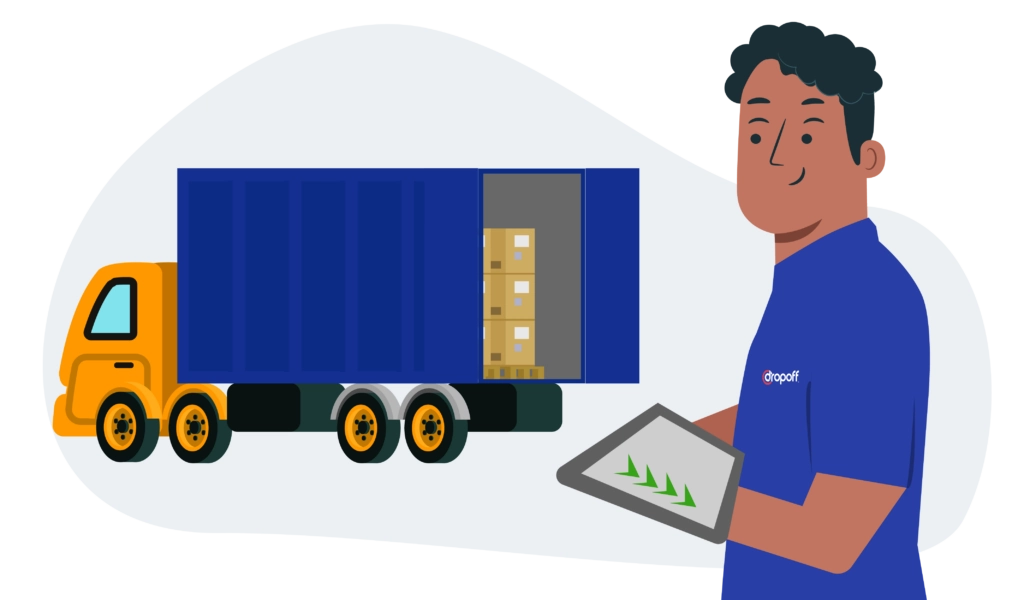
Implementing Micro-Fulfillment in Your Business
Implementing micro-fulfillment in your business requires careful planning and execution. Here are expert tips to help you navigate the process effectively:
- Assess Your Needs
Evaluate your current processes, customer expectations, and operational limitations to determine if micro-fulfillment is suitable and where it can add value.
- Select the Right Technology
In 2023, over 90% of organizations reported adopting or planning to implement new technology in logistics or supply chain operations. When choosing a solution, it’s essential to consider factors such as automation capabilities, vendor support, and how well it aligns with your budget, scalability needs, and long-term goals.
- Optimize Space
Design an efficient layout for your center using space-saving techniques like vertical storage and modular configurations.
- Train Your Team
Provide comprehensive training to ensure your staff can operate automated systems, manage inventory, and troubleshoot issues.
- Monitor Performance
Track key metrics like order processing times and customer satisfaction to identify areas for improvement and refine your strategy.
- Choose the Right Partner
Partner with a reliable provider with experience in micro-fulfillment and industry expertise to streamline implementation and ensure success.
Popular Mistakes When Choosing Micro-Fulfillment Companies
Despite its many benefits, implementing micro-fulfillment can be fraught with challenges. Some common mistakes to avoid include:
- Underestimating Space Requirements
In a 2021 survey, 36% of respondents highlighted insufficient space for inventory and operations as a significant issue. Failing to accurately assess space needs can lead to cramped or inefficient micro-fulfillment centers.
- Overlooking Integration Issues
Incompatibility between software or hardware components can result in costly delays and disruptions in operations. It’s imperative to integrate a centralized multi-carrier shipping system that allows you to load and manage multiple carriers and modes on one platform seamlessly.
- Ignoring Maintenance Needs
Neglecting regular maintenance and upkeep of automation equipment can result in breakdowns and costly downtime.
- Neglecting Staff Training
Inadequate training for employees can hinder productivity and compromise order accuracy.
- Overlooking Regulatory Compliance
Failure to comply with local regulations and safety standards can lead to fines or legal liabilities.
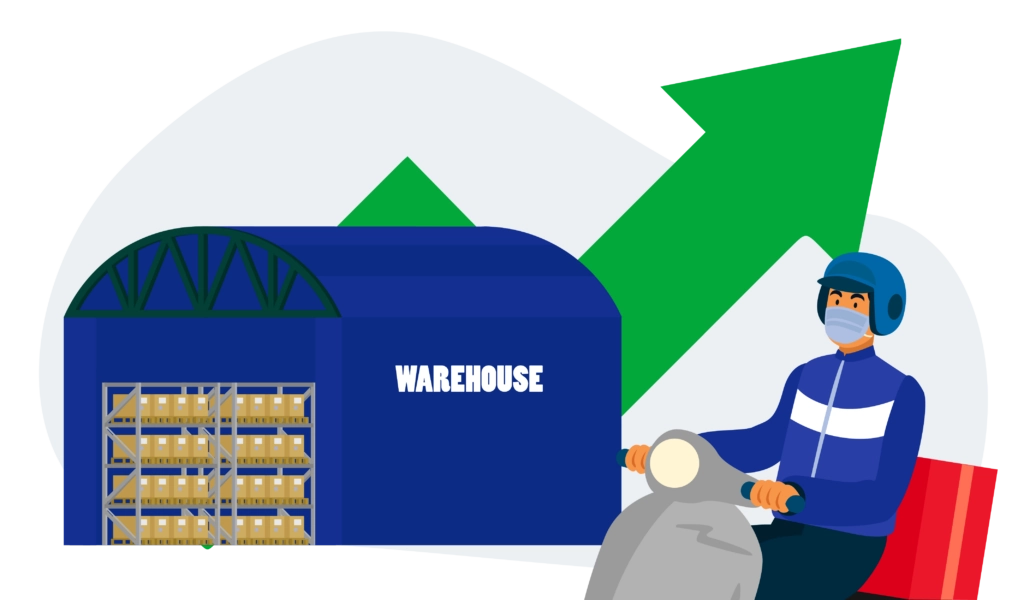
Future Trends in Micro-Fulfillment
The future of micro-fulfillment is ripe with innovation and expansion. Key trends to watch include:
- Advancements in Robotics
Continued advancements in robotics and AI will further enhance the speed and efficiency of micro-fulfillment operations.
- Integration with Autonomous Vehicles
Integration with autonomous delivery vehicles will enable end-to-end automation of the fulfillment process, from picking to delivery.
- Customization and Personalization
Micro-fulfillment centers will increasingly focus on offering personalized product recommendations and tailored experiences for customers. This includes customized deliveries in retail, direct-to-patient logistics in healthcare, and more.
- Sustainable Practices
The adoption of eco-friendly practices and green technologies will drive sustainability initiatives in micro-fulfillment operations.
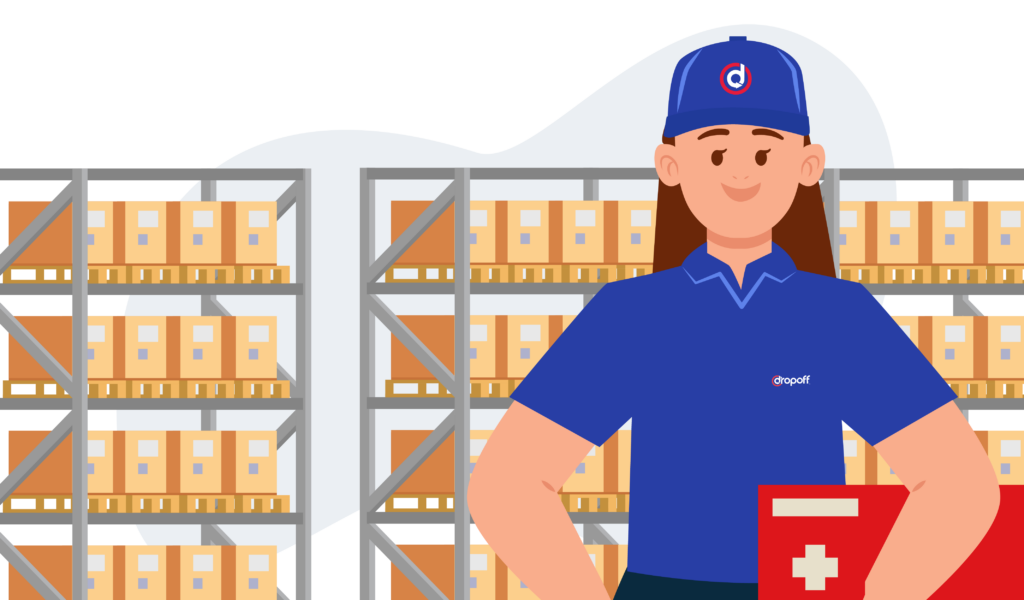
How can Dropoff help you with Micro-Fulfillment strategies?
Dropoff offers tailored solutions to businesses seeking to implement micro-fulfillment strategies. With their expertise in last-mile delivery services, Dropoff can provide seamless same-day or next-day delivery options, ensuring efficient order fulfillment and customer satisfaction. Their real-time tracking and image confirmations, along with logistics software designed to fit any business, help businesses streamline their micro-fulfillment operations effectively.
FAQs
Micro-fulfillment is a strategy that uses small-scale automated centers to facilitate rapid order processing and delivery.
The benefits of micro-fulfillment centers include faster order processing, reduced operational costs, and improved customer satisfaction.
To start a micro-fulfillment center, assess space needs, select suitable technology, train staff, and monitor performance.
Walgreens’ micro-fulfillment center operates by using robotics to fill prescriptions, reducing pharmacist workload and enhancing online shopping experiences.



